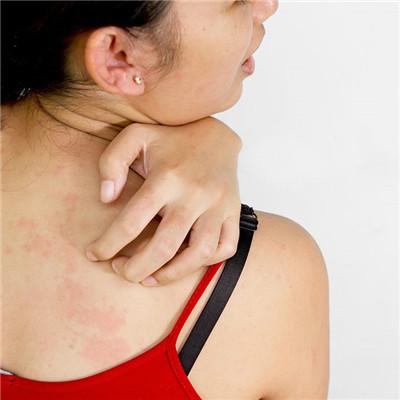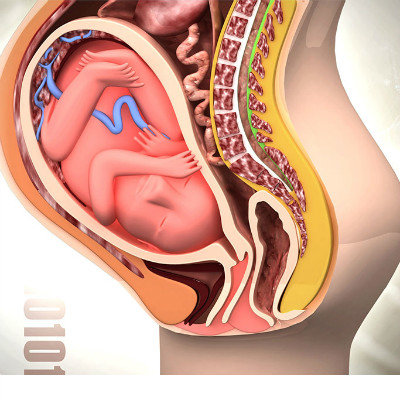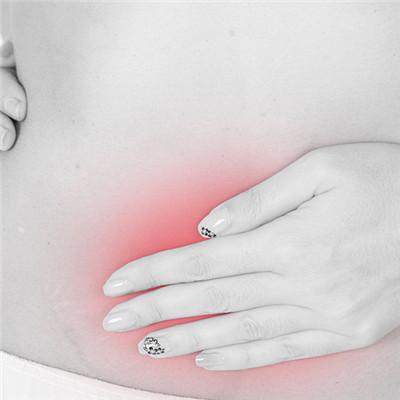What causes convulsions and convulsions?
summary
Convulsion refers to the whole body or local skeletal muscle group abnormal involuntary contraction, and cause joint movement, mostly for the whole body, symmetry. Its synonym is spasm, if accompanied by loss of consciousness is called convulsion. Its manifestations can be tonic (continuous muscle contraction), clonic (intermittent muscle contraction) and mixed (tonic and clonic muscle contraction successively).
What causes convulsions and convulsions?
Intracranial diseases lead to convulsions and convulsions (1) congenital brain diseases: such as cerebral perforating malformation, microcephaly, hydrocephalus, fetal infection, a variety of inherited metabolic diseases, as well as maternal drug toxicity and radiation exposure during pregnancy, resulting in acquired developmental defects( 2) Craniocerebral trauma: Craniocerebral birth injury is the most common cause of neonatal or infantile convulsions. The incidence of convulsions in adults with closed craniocerebral trauma was 0.5% - 5%, and that in adults with open craniocerebral trauma was 20% - 50%. Most of the cases appeared within 2 years after trauma.

Extracranial diseases lead to convulsions and convulsions (1) cerebral hypoxia: such as asphyxia, shock, acute massive hemorrhage, carbon monoxide poisoning, inhalation anesthesia, etc( 2) Metabolic endocrine diseases: ① abnormal metabolism of amino acids, such as phenylketonuria. ② Dyslipidemia, such as lipomatosis. ③ Glycometabolic diseases, such as hypoglycemia, galactosemia. ④ Water and electrolyte disorders, such as hyponatremia, hypernatremia, water poisoning, hypokalemia, hypomagnesemia, hypercapnia, etc. ⑤ Vitamin D deficiency and hypoparathyroidism. ⑥ Vitamin deficiency and dependence, such as vitamin B6, vitamin B12 and folic acid deficiency.

Poisoning: ① drugs: such as central stimulant (nicothamide, pentylenetetrazol, camphor) overdose; The dosage of antipsychotics (chlorpromazine, trifluoperazine, chlorpromazine, etc.) was too large; Sudden withdrawal of anticonvulsants or central nervous system inhibitors. ② Heavy metal poisoning, such as lead and mercury poisoning. ③ Food, pesticide poisoning and alcohol withdrawal( 4) Cardiovascular diseases: such as Adams Stokes syndrome, hypertensive encephalopathy( 5) Allergic or allergic diseases: such as penicillin, procaine allergy can be the cause.

matters needing attention
Non brain dysfunction is mainly motor or peripheral nerves of spinal cord. For example, tetanus toxin selectively acts on the synapses of the central nervous system (mainly the lower motor neurons of the spinal cord and brain stem), leading to persistent myotonic convulsions. Strychnine intoxication can cause excessive excitability of spinal cord anterior horn cells and tetanus like convulsions. Hypocalcemia or alkalosis not only increases the permeability of neuron membrane, but also increases the excitability of peripheral nerve and muscle membrane due to the increased permeability of sodium ion, causing tetany. In addition, tumors in posterior fossa and cerebellum or cerebellar tonsillar hernia affect brain stem function, and intermittent decortical ankylosis may occur.
















